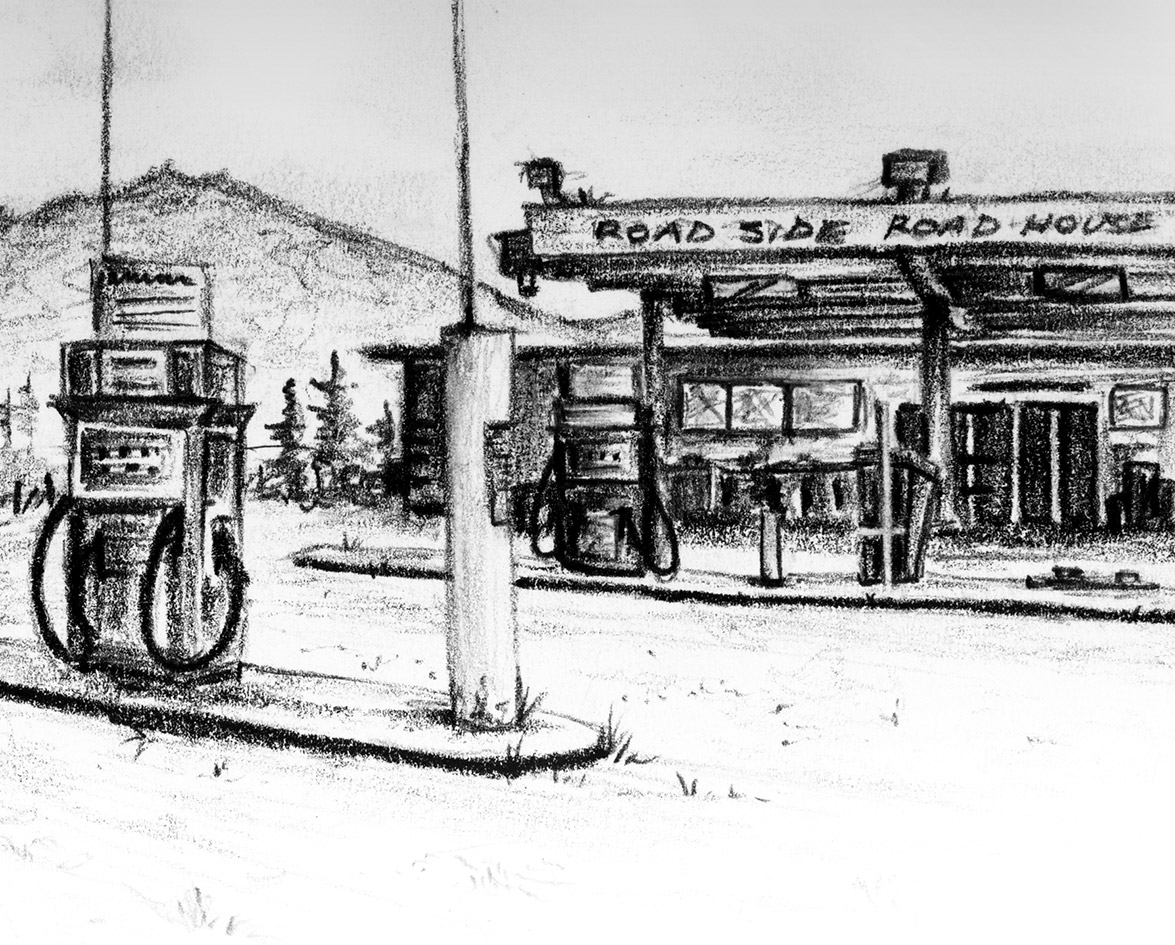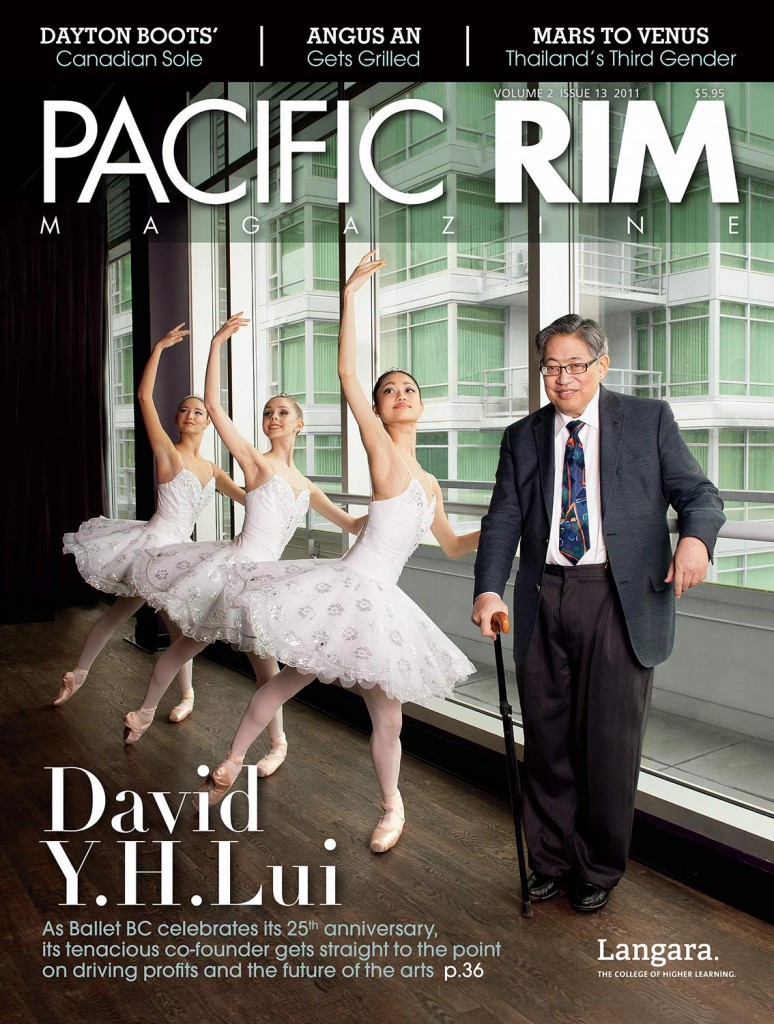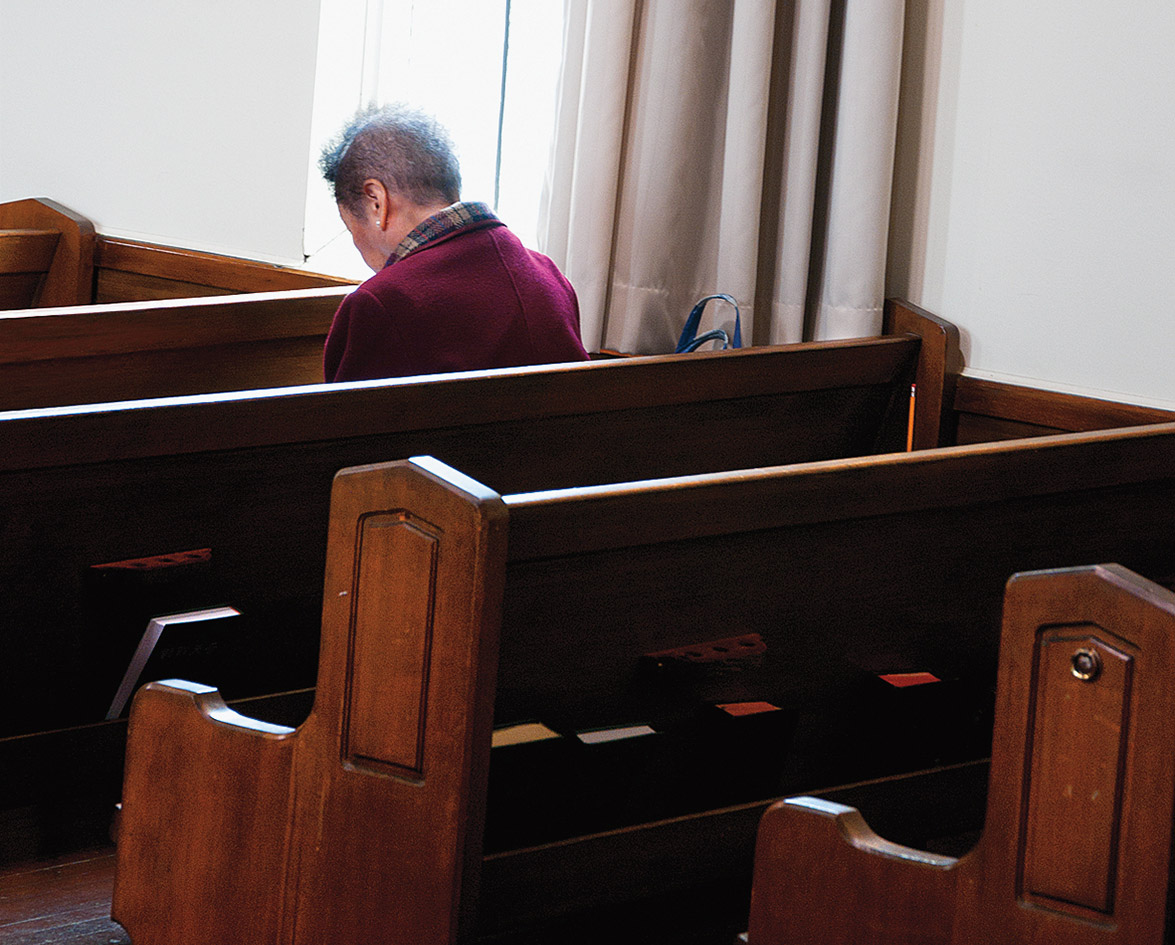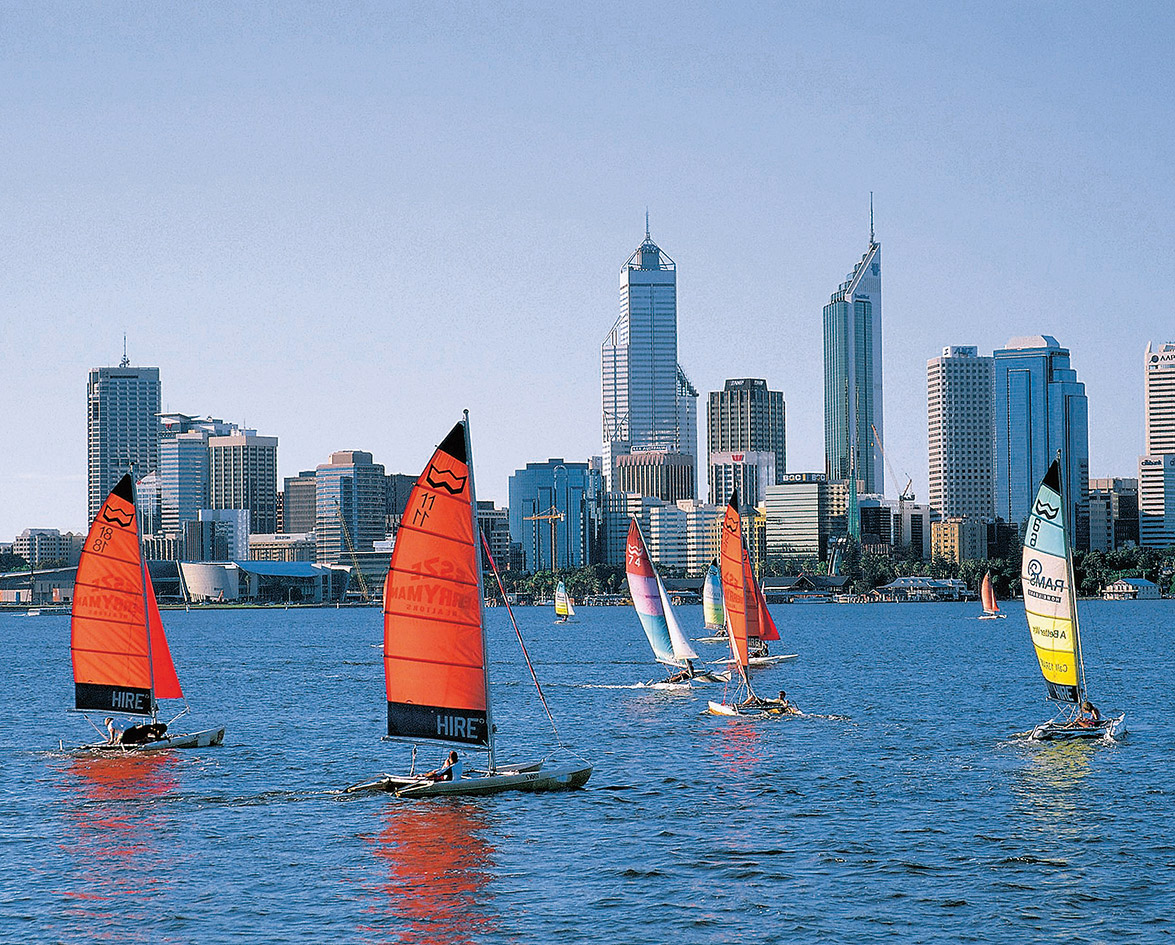The irresistible allure of an extended cross-country road trip is a dream for many nine-to-fivers. Escaping the hectic pace of city life to explore remote mountains and desert landscapes brings many travellers to places where civilization is merely a dot on the map, at best. Despite one’s desire to get away from it all, common sense must be obeyed—the car still needs gas. That’s where a roadhouse along the highway comes into play.
Roadhouses are a common feature in rural areas along major inter-city or interstate highways. They provide fuel, food, amenities, and diversions for travellers in remote locations from such diverse locales as Canada’s Alaska Highway to Australia’s Eyre Highway.
Balladonia Roadhouse
At the Balladonia Roadhouse in Western Australia, manager Brian Hodgson offers an excellent analogy to describe the isolation. “If you put a pin in the ground [at the roadhouse] and tied a piece of string to it that stretched for 200 kilometres, there’s nothing.”
As help is not exactly around the corner, self-sufficiency is an essential quality of a successful roadhouse. For example, at Balladonia, water is scarce and poisonous snakes are plentiful. Water supplies are either trucked in over several hundred kilometres or sourced from rainwater. As for medical support, the community of 10 full-time residents relies on visits from the Royal Flying Doctor Service.
Hodgson likens Balladonia’s to being on a ship. “You have to get along,” he says. Travellers passing through provide a welcome diversion from the daily routine. “One of the great things about being out here is meeting people from all different walks of life, from different countries.”
Toad River Lodge
The picture is very similar across the globe at Toad River Lodge, a roadhouse along the Alaska Highway in British Columbia. The roadhouse is famous for its prolific collection of baseball caps nailed to the walls and ceiling—7,872 caps at last count. Bobbi Jackson, after answering a newspaper ad calling for staff at the lodge, arrived via an 18-hour, 1,245-kilometre Greyhound bus ride from Edmonton, Alberta. She has been working at the lodge for 14 months and hopes to stay for another year or more.
However, she isn’t optimistic about the longevity of many new arrivals. “There are some new people coming in shortly, but they won’t be staying long,” she says. “They come from the big city. It’s too isolated for them and they can’t handle it.”
When asked if Toad River works well as a self-contained community, Jackson’s response is overwhelmingly positive. “Definitely yes,” she says. “Everyone gets along.” She recalls when a group from the lodge journeyed 115 kilometres up the road to soak at the Liard River Hot Springs in heavy snow and ambient temperatures of –32°C.
Isolated Communities Form Tightly-Knit Bond
Just off of the Alaska Highway in the Yukon, Andrea Underwood, co-proprietor of Johnson’s Crossing Campground Services, also feels a strong sense of community up in the North. “It’s very isolated here in winter,” says Underwood. If anyone is in trouble, everyone bands together and neighbours will help each other out. Stranded motorists are never abandoned on the highway, particularly in winter when temperatures can dip to –20°C or lower.
When people choose to work in isolated communities, they are generally compelled to become an active member of that community in order to survive—physically and psychologically. While local gossip often rears its head, there is an awareness of the need for individual privacy. Whether it’s the hot desert scrublands of the Eyre Highway or the icy mountains of an Alaskan Highway winter, Underwood offers a quote that resonates for both locales: “It’s us against the elements, and we all have to stick together.”











